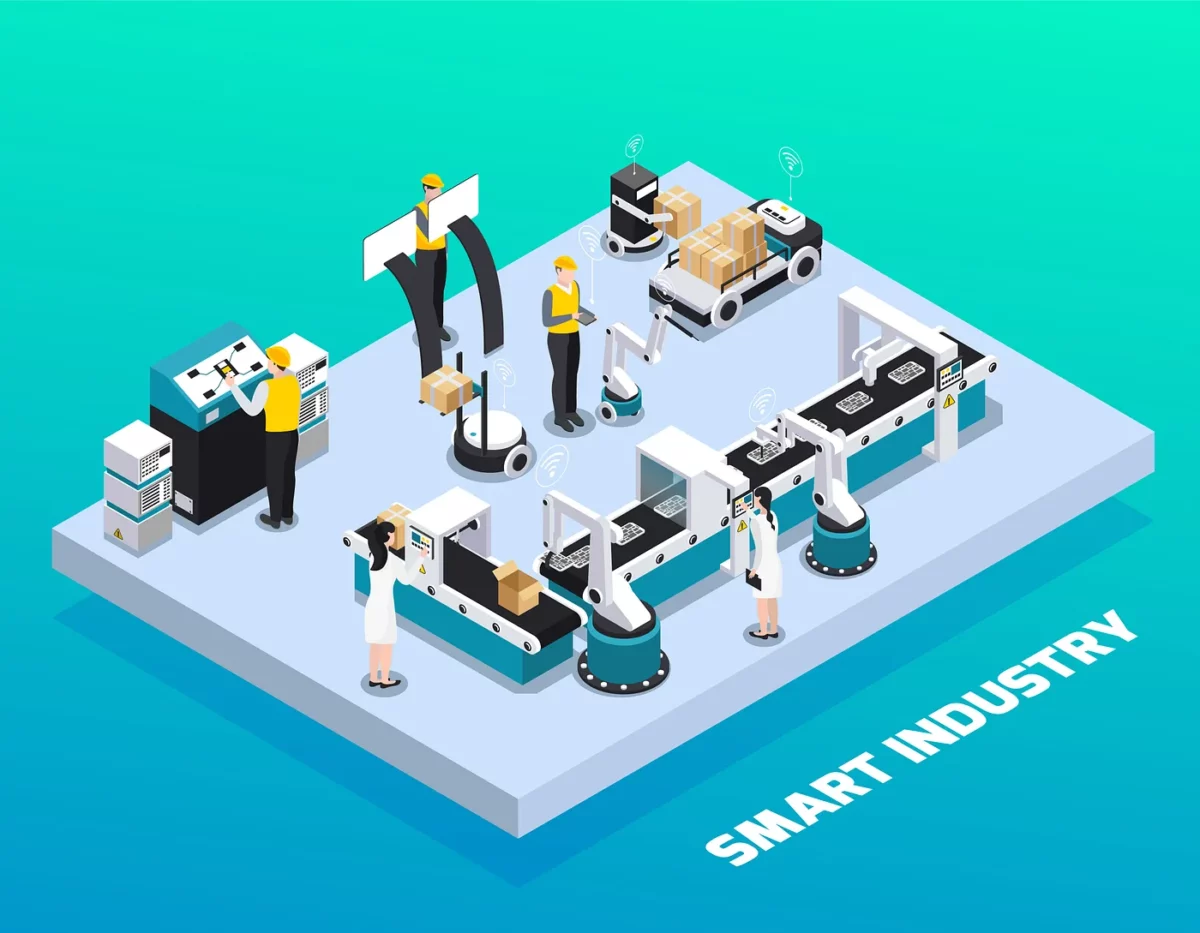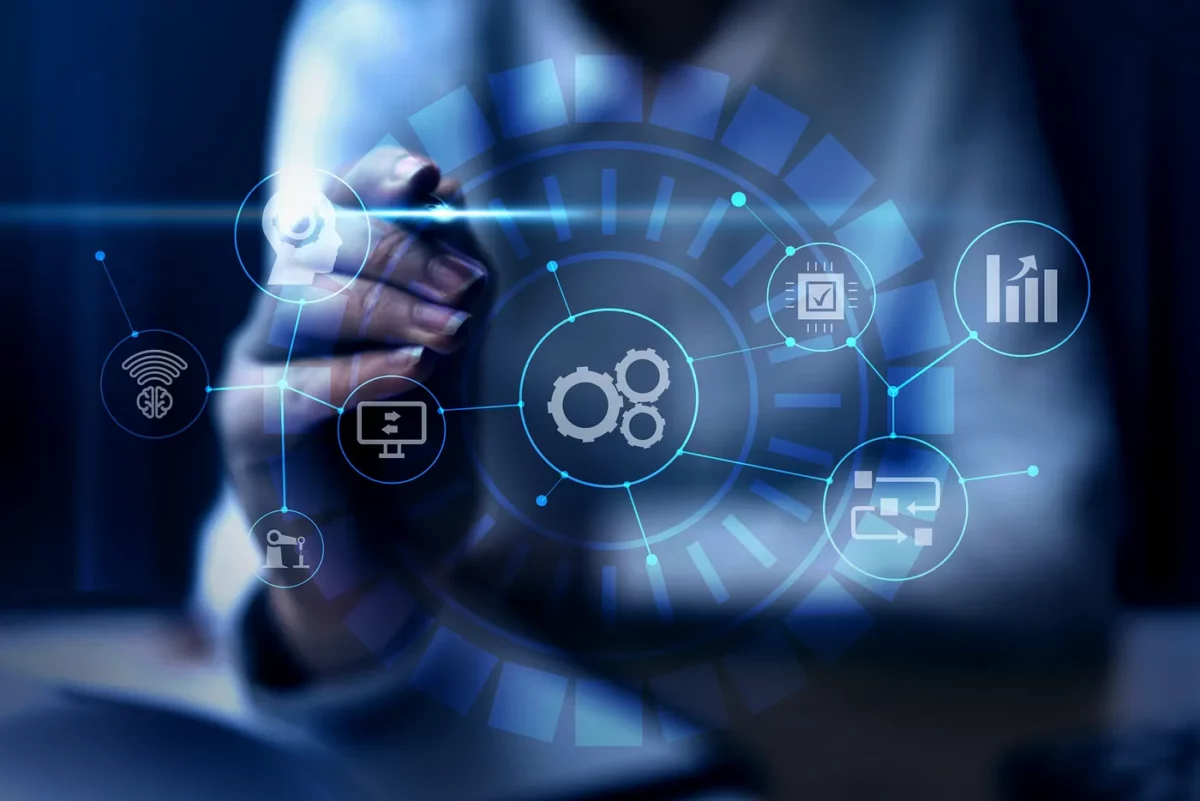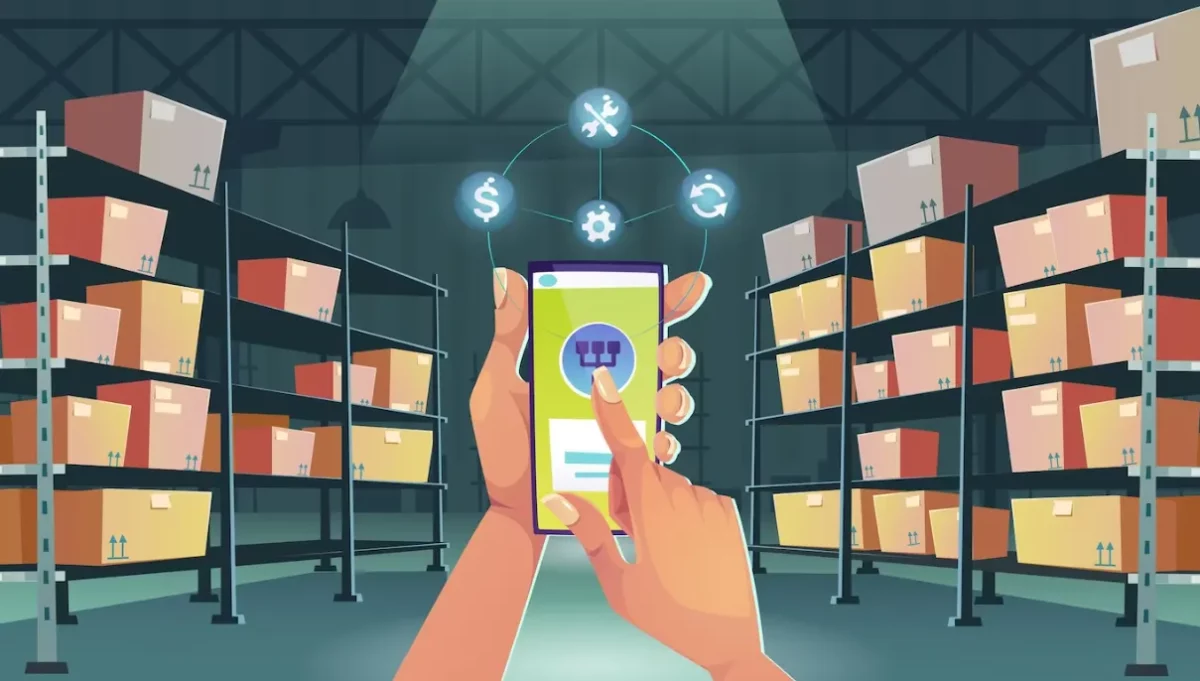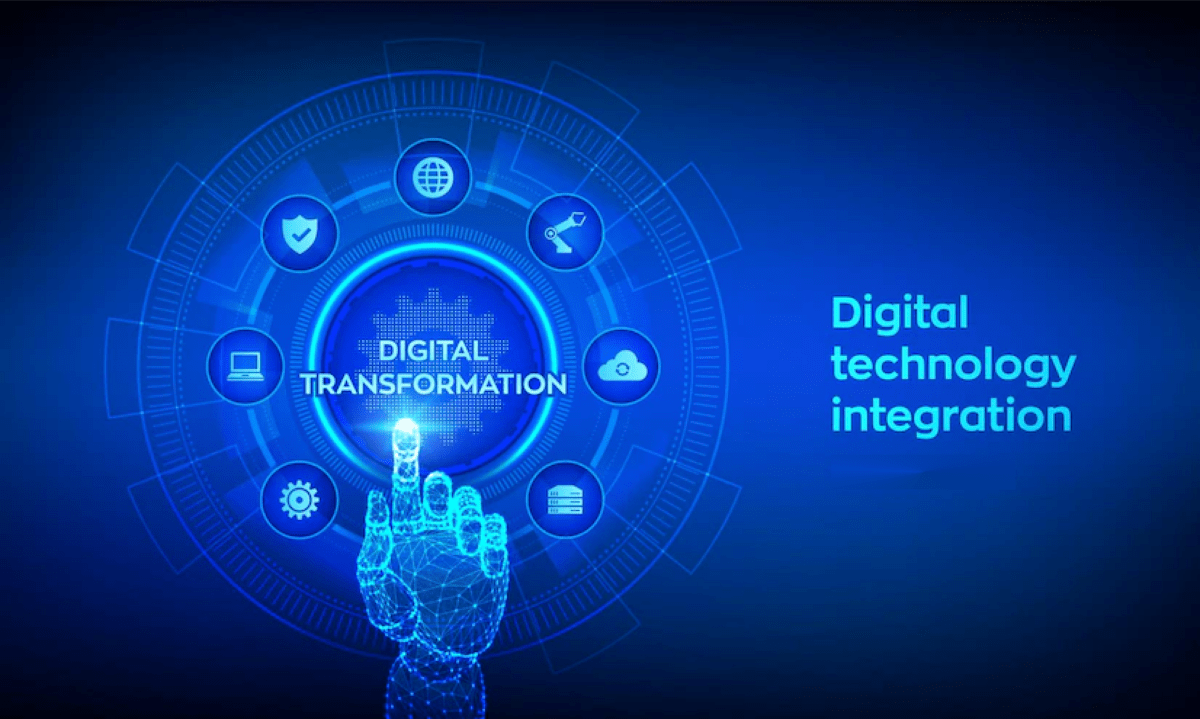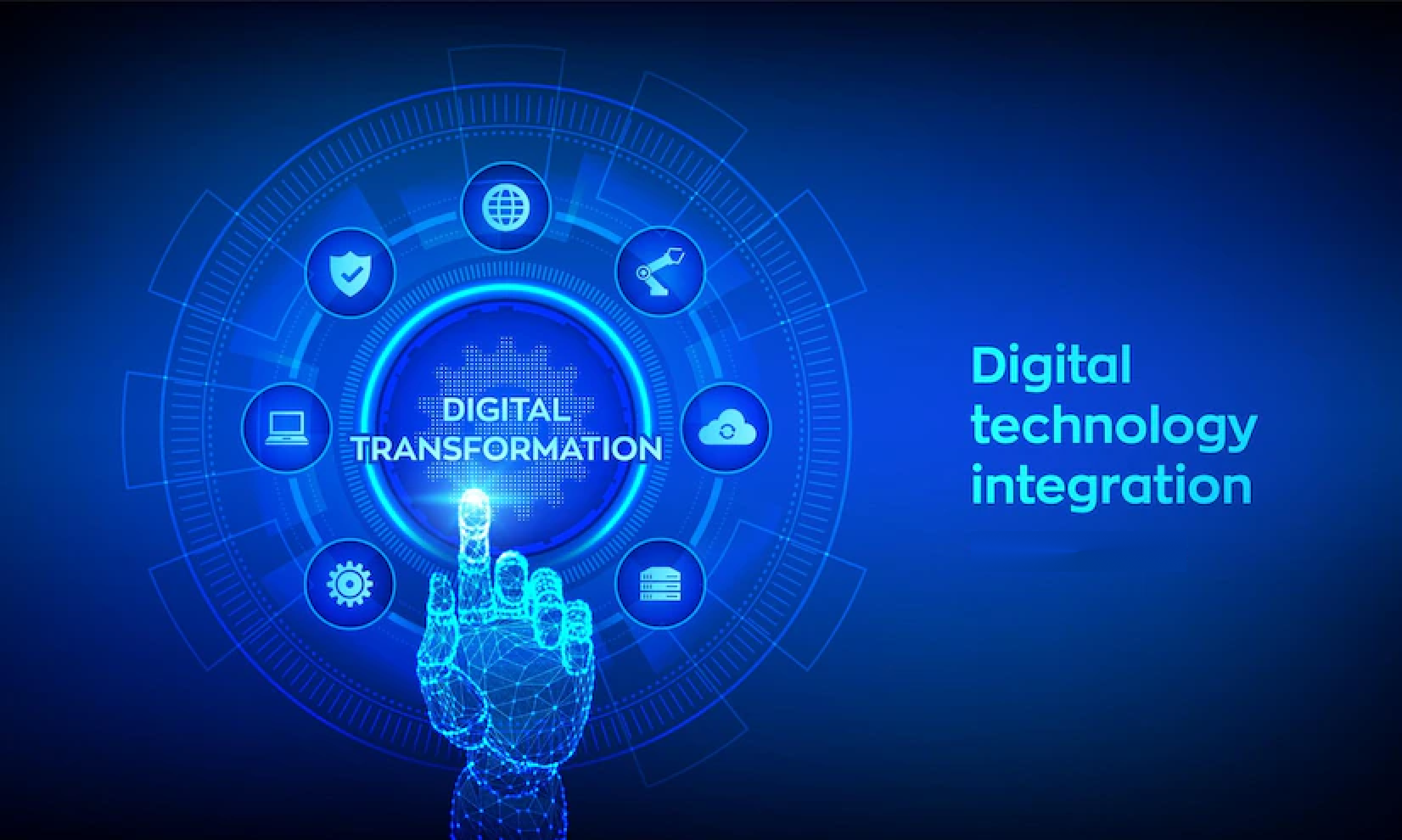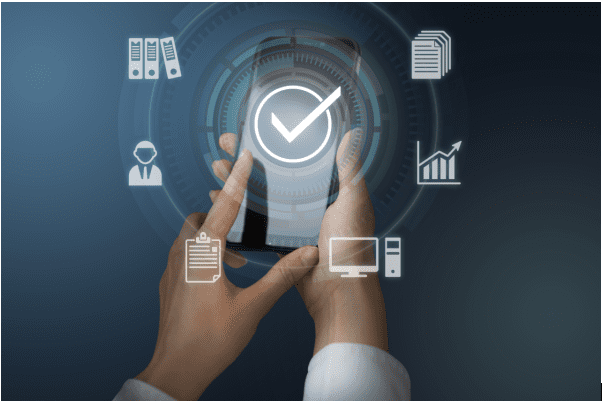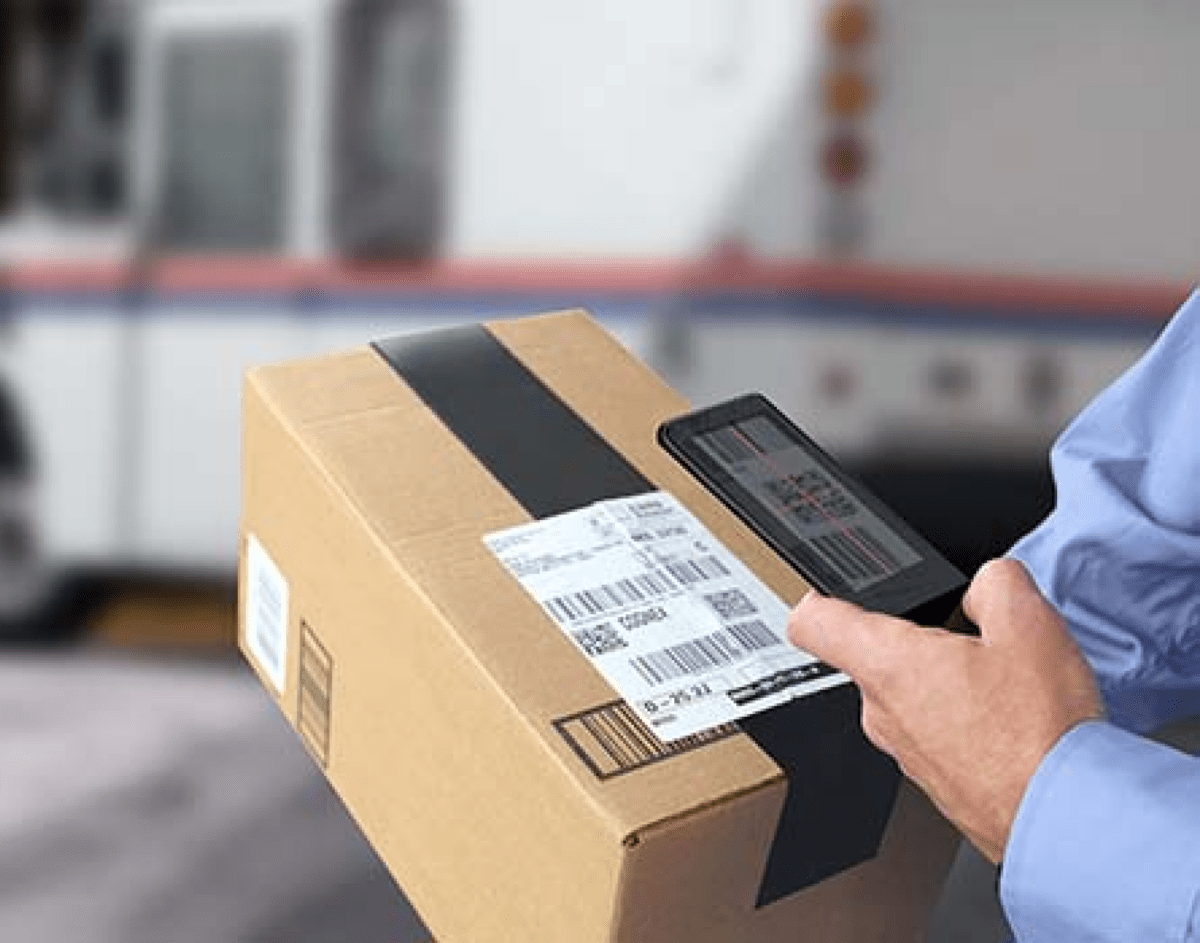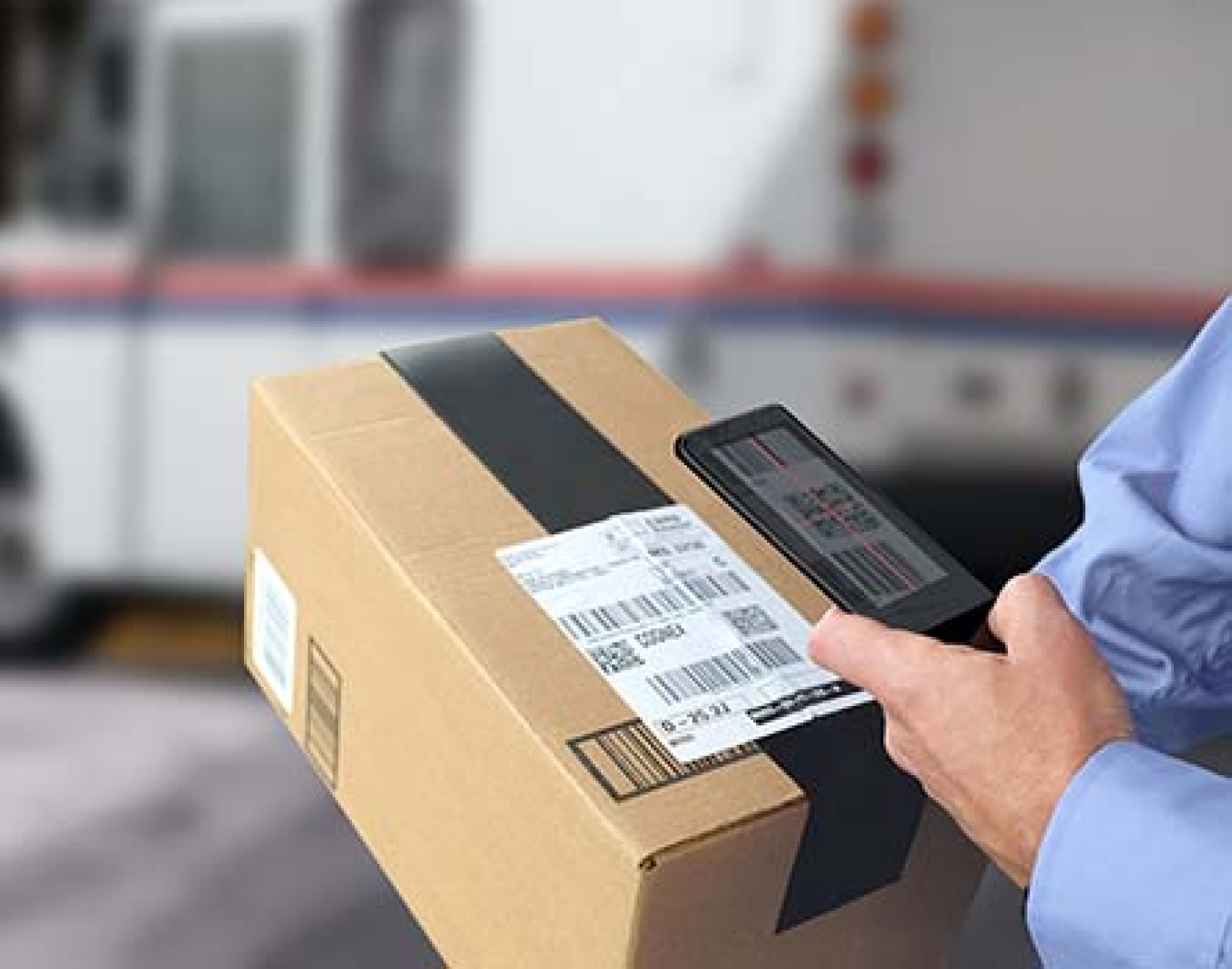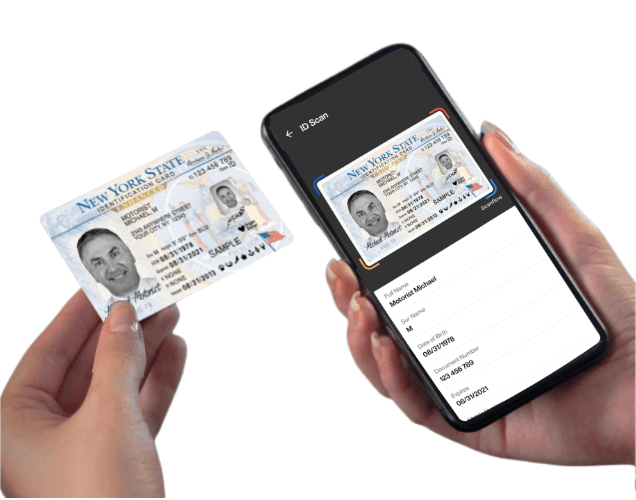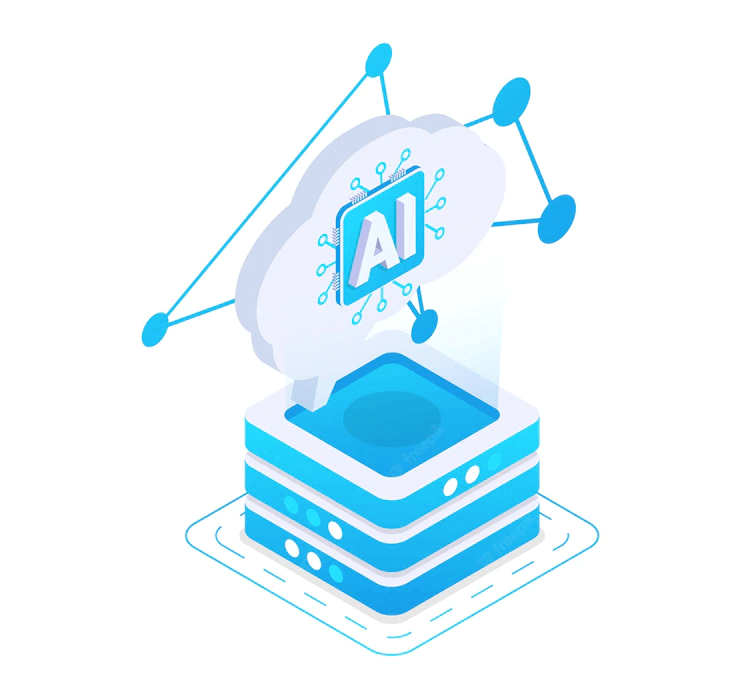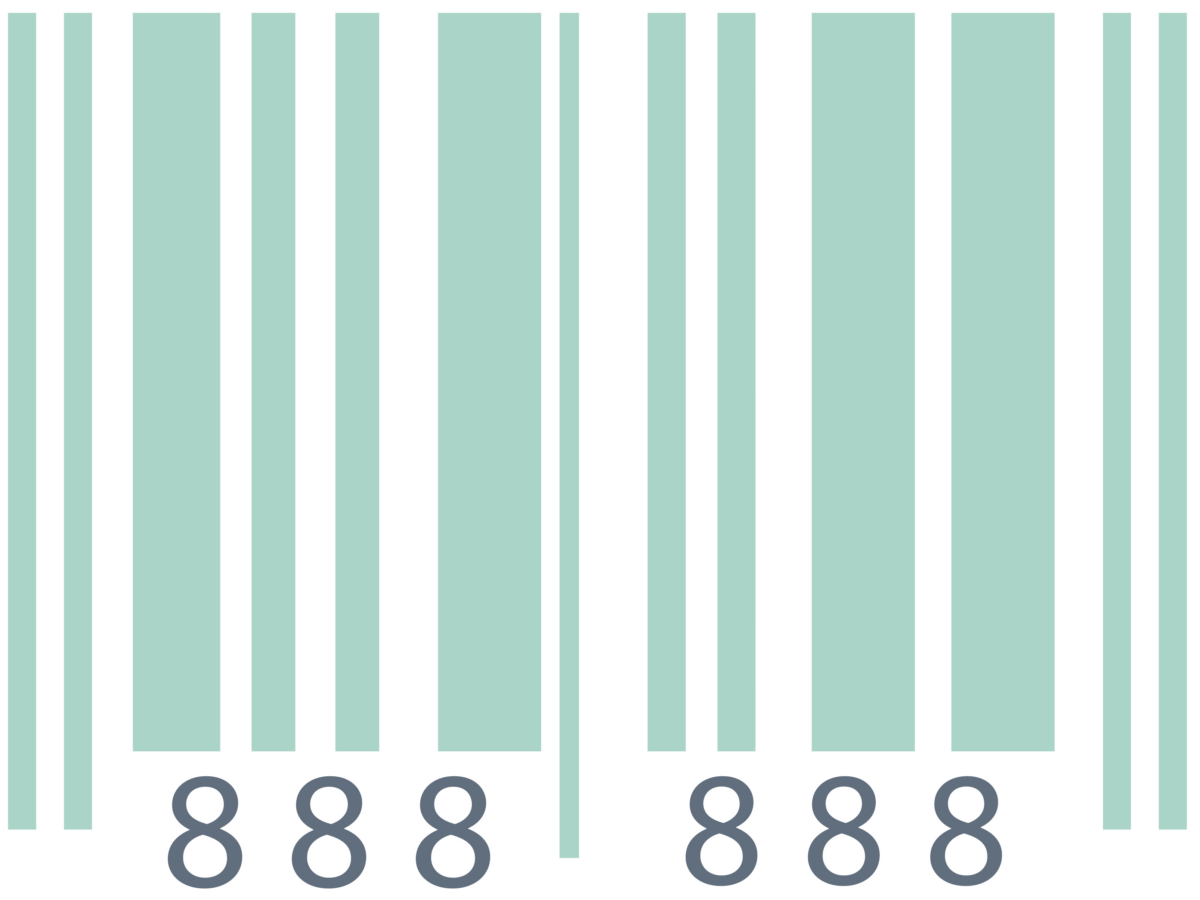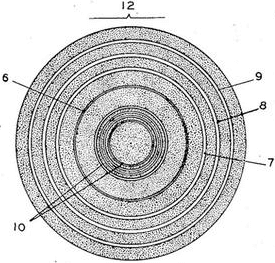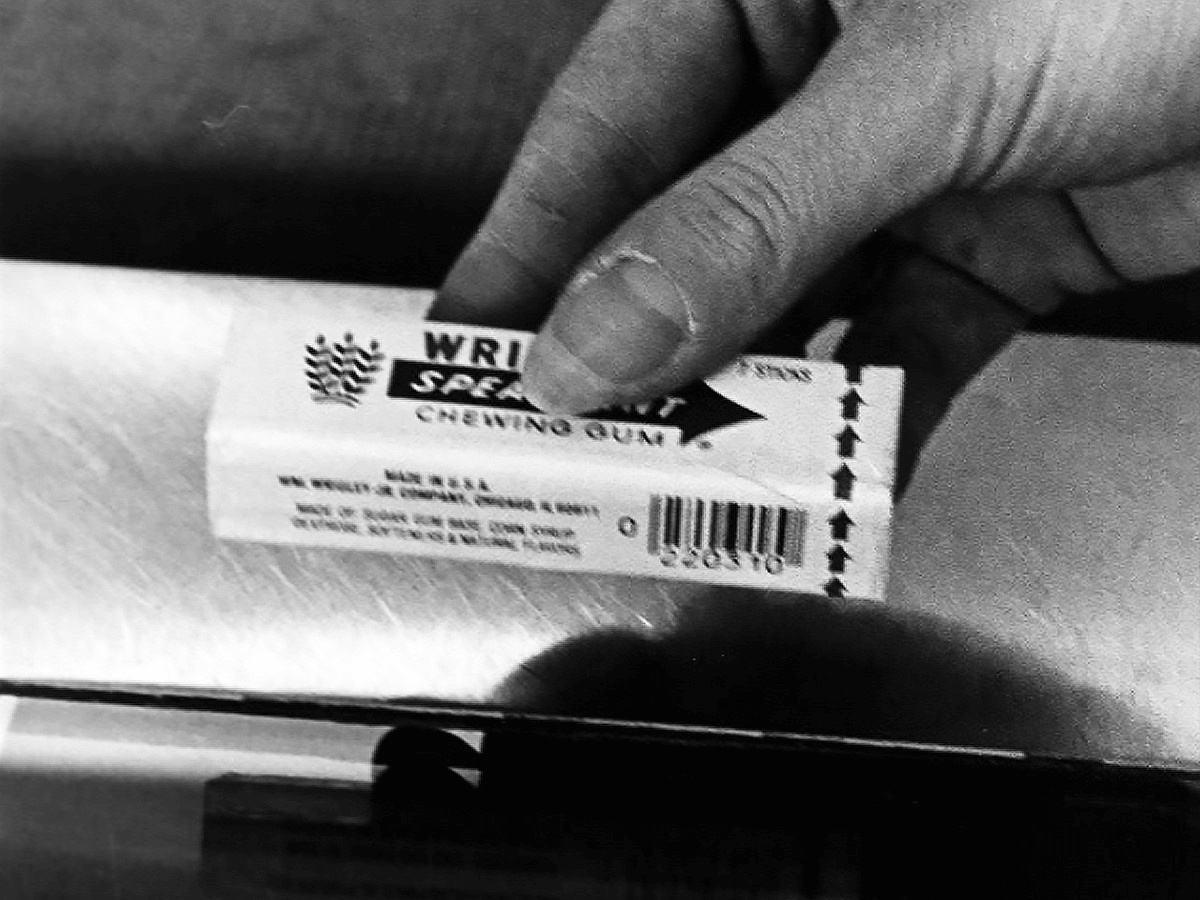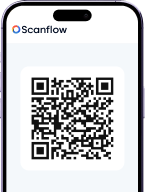Data capture refers to the process of collecting data from various real-time sources and utilizing them for business processes. Industries have to deal with an enormous amount of data every day, creating frustration and conventional data capture tools do not satisfy the enterprise’s needs in terms of automation.
Smart scanning solutions use advanced technology, such as computer vision and artificial intelligence to enable automated scanning and data capture in various industries.
Smart data capture solutions can help to automate manual processes, reduce errors, and improve overall efficiency in various industries.
How Scanflow helps industries in workflow automation?
Scanflow provides smart scanning solutions that can be used in many different applications, from retail and logistics to healthcare and manufacturing that helps in efficient workflow operations.
Data Capture and Workflow Solution for Manufacturing
Scanning is an inevitable practice in manufacturing as it allows workers to collect data on products, raw materials, and equipment, which can be used to improve product quality and enhance efficiency. The goods moving in and out are scanned using smart devices like smartphones, wearables, or drones.
Smart scanning in manufacturing can help to streamline these processes and make them more accurate, efficient, and cost-effective. Workers can collect data on products and raw materials without the need for manual data entry.
Scanflow barcode scanner helps warehouse workers to manage inventory stock counts and tracks components and parts in the assembly line. It is used to track inventory levels stocks easily identify when inventory needs to be replenished providing more transparency about the goods.
Data Capture and Workflow Solution for Logistics
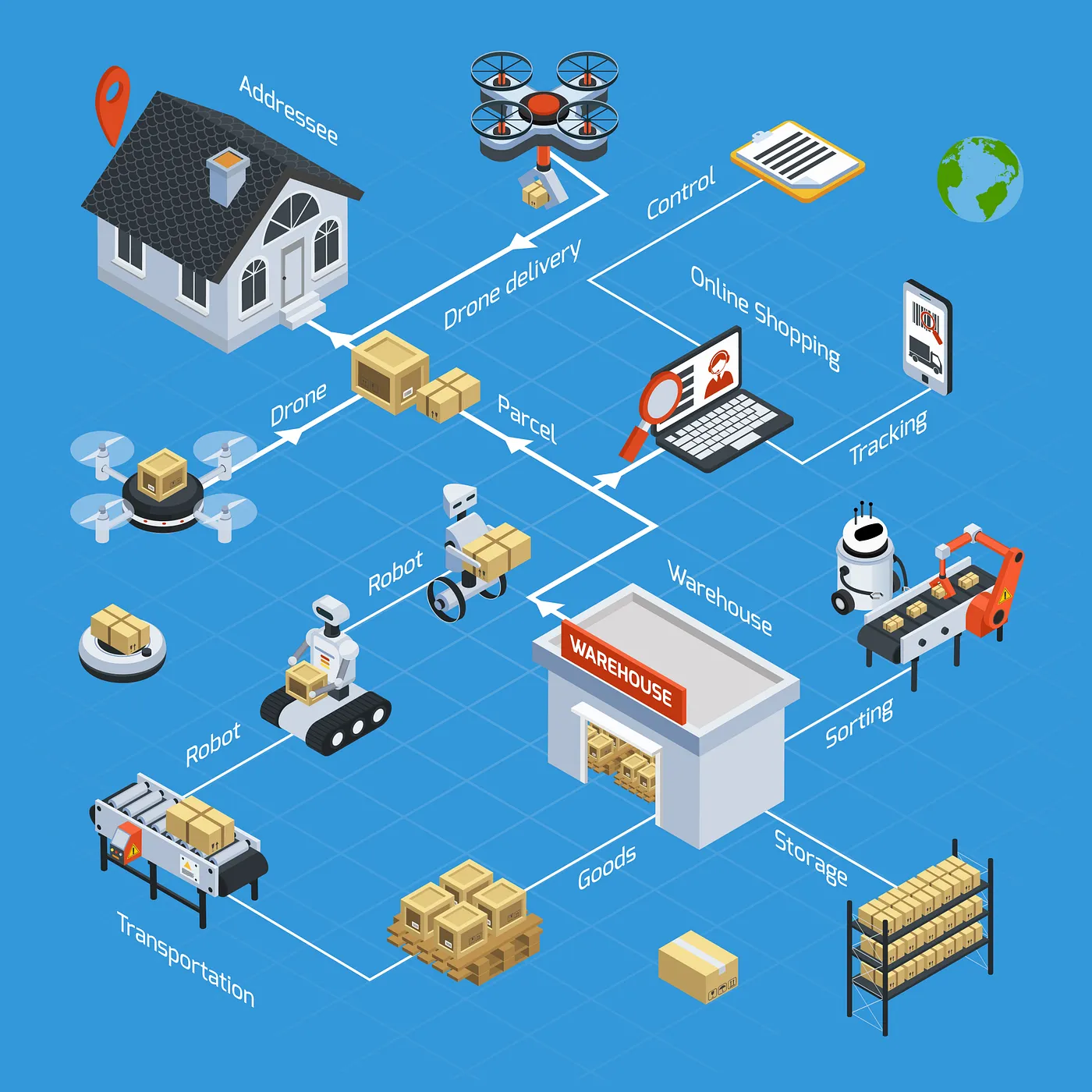
Scanning enables logistics providers to capture and store data about items, which can be used to analyze performance, identify areas for improvement, and optimize operations. By scanning items, logistics providers can ensure that the right items are being shipped to the right destination. Scanflow speeds up processes like inventory management, order picking, and delivery, which can help to reduce lead times and improve customer satisfaction.
Scanflow scans tire serial numbers and container numbers that provide real-time visibility into the status of items as they move through the shipment process. This helps logistics providers to better manage inventory levels and respond to changes in demand. It plays a vital role in enabling businesses to meet the demands of a fast-paced and complex supply chain.
Data Capture and Workflow Solution for Healthcare

Scanflow healthcare scanning solutions are designed to improve the efficiency and accuracy of healthcare workflows, particularly in clinical settings such as hospitals and pharmacies.
It typically involves the use of smart devices, such as smartphones or tablets. Scanflow intelligent text capture helps in medication tracking be used to scan barcodes or texts on medication packages to verify the medication’s identity, expiration date, and dosage. This can help to reduce the risk of medication errors and improve patient safety.
Scanflow ID scanning can be used to scan patient ID cards to quickly and accurately identify patients and link them to their medical records. It can help to streamline workflows, reduce errors, and improve patient care.
Data Capture and Workflow Solution for Retail
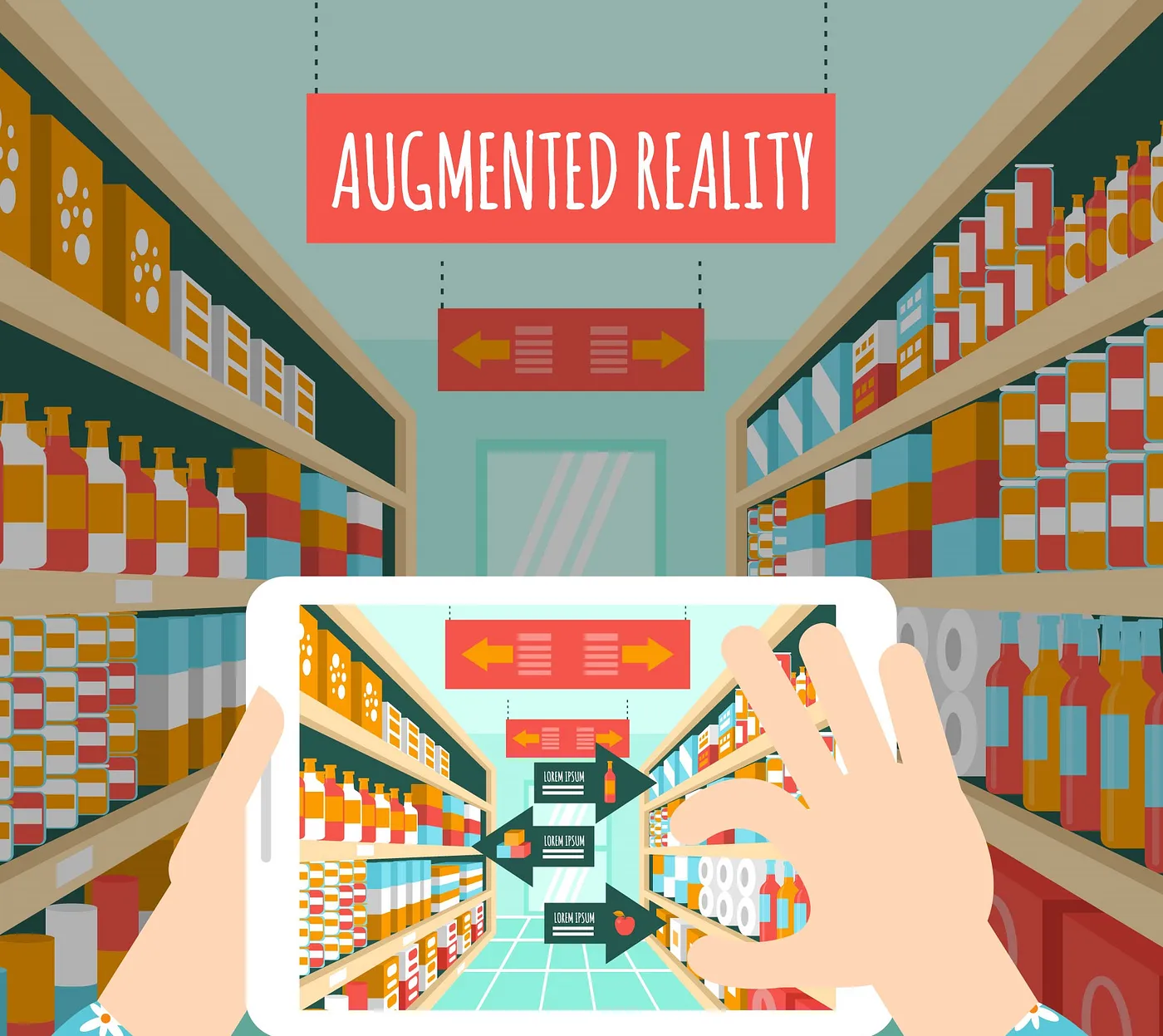
Scanflow allows customers to use their own smart devices to scan barcodes on products as they shop, rather than relying on conventional scanners or staff. Self-scanning significantly reduces the time customers spend waiting in checkout lines, which can help to improve the overall shopping experience and increase customer satisfaction. It helps customers look for product details, reviews, offers, and discounts, reducing long queues at the billing section during check-out.
Scanflow provides customers with a more personalized and convenient shopping experience with augmented reality allowing them to shop at their own pace and avoid long checkout lines.
